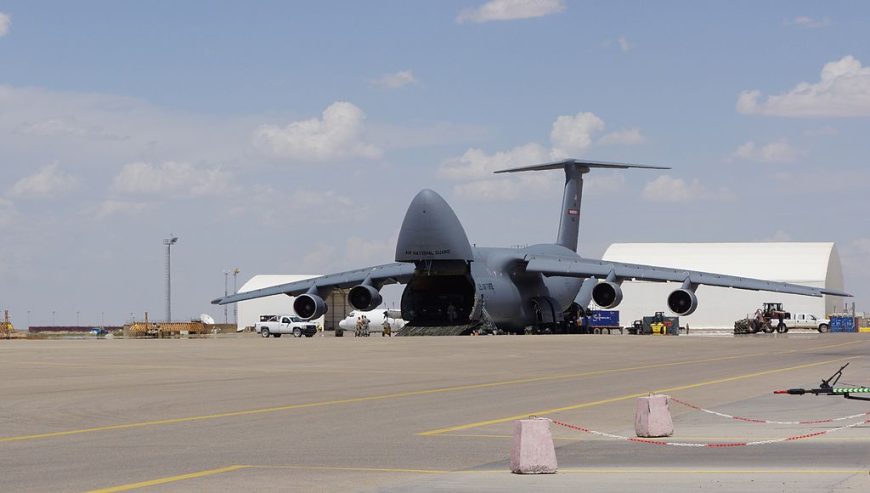The Hunza Valley is located at the northernmost tip of Pakistan, where Pakistan meets Russia and China. Its location is breathtaking; there are no less than six mountain ranges in this area. The average height of the peaks is 6,100 meters and the Rakaposhi peak is 7,600 meters high. The Hunza people live in an extremely fertile valley that is wedged by rocky outcrops.
Until now, the area was almost completely inaccessible, as the only entrance and exit was the winding path on the side of the surrounding mountains, where most of the year traffic was very risky.
Hunza people are lonely but proud people who claim to be descendants of the Huns, the descendants of the so-called White Huns (Hephthalites). According to some assumptions, the White Huns, descendants of a group separated from the people of Attila, were Huns, who were thus related to the ancient Hungarians. The Huns are blondes, browns, reds, blacks; they have blue, green and brown eyes, and their features are strikingly different from those of Inner-Asian Turkish and southern, Indian, or Pashto-Iranian faces. These people have huge apricot groves. Apricots are dried and consumed in abundance in the sun, and they are made into alcoholic beverages called Hunza water.
If you want more stories, subscribe to our YouTube channel or read our articles about Hungarian memorial sites around the world.


